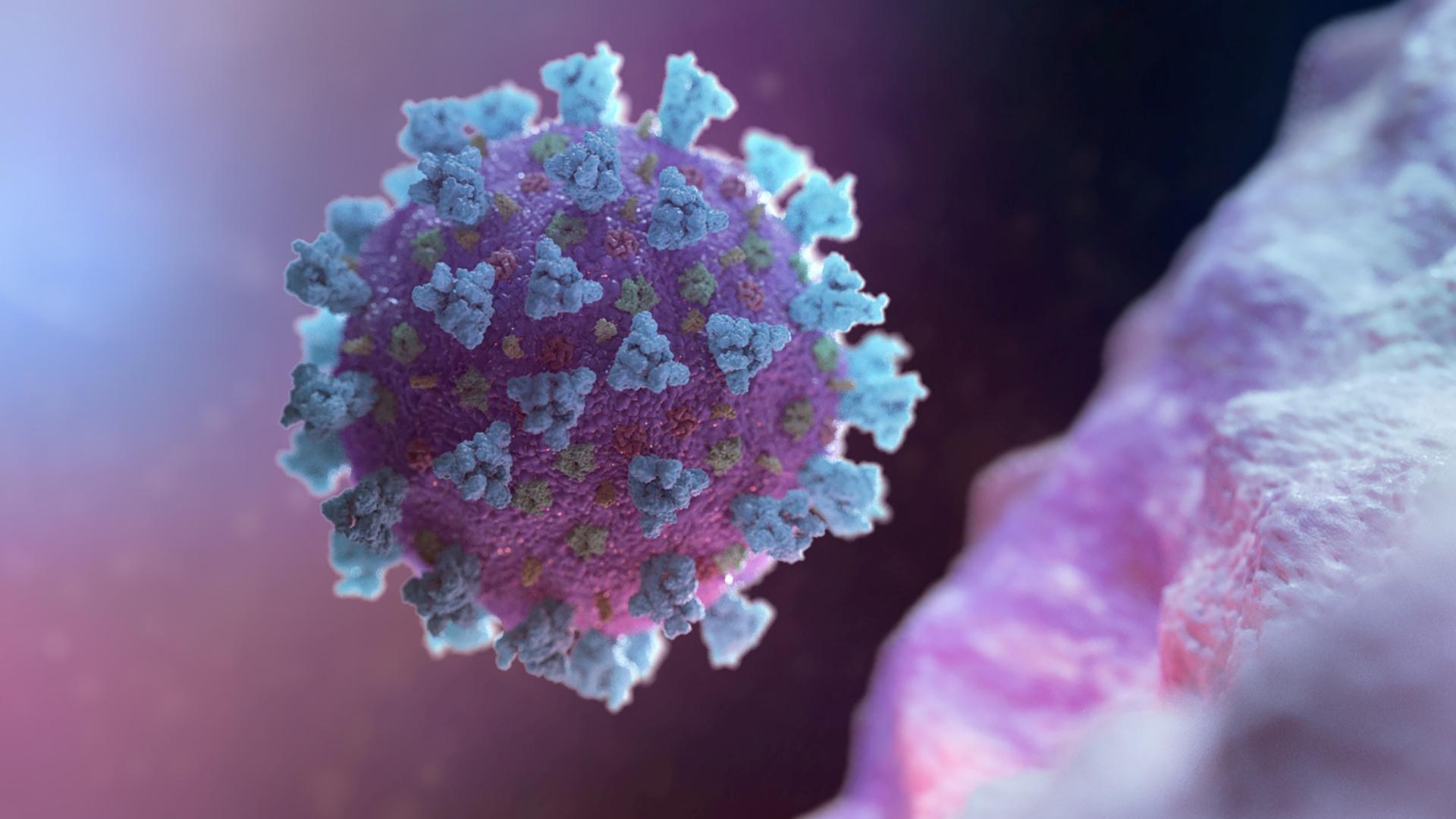By Madisson Haynes
Following the outbreak of the novel coronavirus, or COVID-19, in Wuhan City, Hubei Province, China, communities across the country are trying to prevent any further spread. While cases of COVID-19 have been documented in more than 60 countries and more cases are being reported in the United States, health officials are working to increase awareness of the virus and help diminish misleading claims or false information.
[divider][/divider]What is COVID-19?
The novel coronavirus, or COVID-19, is a new coronavirus that hasn’t been previously identified. The virus causing COVID-19 isn’t the same as the coronaviruses that commonly circulate among humans and cause mild illness like the common cold.
A diagnosis with coronavirus 229E, NL63, OC43, or HKU1 isn’t the same as a COVID-19 diagnosis. Patients with COVID-19 will be evaluated and treated differently than patients with common coronavirus diagnoses, the Centers for Disease Control said.
The CDC is updating its Coronavirus Disease 2019 (COVID-19) page regularly at noon, Mondays through Fridays. Numbers close out at 4 p.m. the day before reporting.
Where Did COVID-19 Come From?
The CDC said coronaviruses are a large family of viruses. Some of which cause illness in people, others cause illness in animals only. Rarely, coronaviruses that infect animals have infected people as well and can be spread between people.
This is what the CDC thinks happened for the virus that caused COVID-19.
“Middle East Respiratory Syndrome (MERS) and Severe Acute Respiratory Syndrome (SARS) are two other examples of coronaviruses that originated from animals and then spread to people,” the CDC said.
How Does COVID-19 Spread?
This virus was first detected in Wuhan City, Hubei Province, China, the CDC said. The first infections were linked to a live animal market, now the virus is spreading from person to person.
“The virus that causes COVID-19 seems to be spreading easily and sustainably in the community (“community spread”) in some affected geographic areas,” the CDC said.
Community spread means people have been infected with the virus in an area, including some who aren’t sure how or where they became infected.
Current CDC Risk Assessment
The CDC has assessed risk of exposure to the virus.
- “For the general American public, who are unlikely to be exposed to this virus at this time, the immediate health risk from COVID-19 is considered low.
- People in communities where ongoing community spread with the virus that causes COVID-19 has been reported are at elevated though still relatively low risk of exposure.
- Healthcare workers caring for patients with COVID-19 are at elevated risk of exposure.
- Close contacts of persons with COVID-19 also are at elevated risk of exposure.
- Travelers returning from affected international locations where community spread is occurring also are at elevated risk of exposure.”
Prevention, Symptoms and Treatment of COVID-19
There’s currently no vaccine to prevent COVID-19. The best way to prevent illness is to avoid being exposed to this virus. The CDC recommends preventive actions every day to help prevent the spread of respiratory diseases, including:
- Avoid close contact with people who are sick.
- Avoid touching your eyes, nose and mouth.
- Stay home when you’re sick.
- Cover your cough or sneeze with a tissue, then throw the tissue away.
- Clean and disinfect frequently touched objects and surfaces using a regular household cleaning spray or wipe.
- Follow CDC’s recommendations for using a facemask.
- Wash your hands often with soap and water for at least 20 seconds, especially after going to the bathroom, before eating and after blowing your nose, coughing, or sneezing.
- If soap and water aren’t available, use an alcohol-based hand sanitizer with at least 60% alcohol. Always wash hands with soap and water if hands are visibly dirty.
The CDC doesn’t recommend that people who are well wear a facemask to protect themselves from respiratory diseases, including COVID-19.
Facemasks should be used by people who show symptoms of COVID-19 to help prevent the spread of the disease to others. The use of facemasks is also crucial for health workers and people who are taking care of someone in close settings.
Reported illnesses have ranged from mild symptoms to severe illness and death for COVID-19 cases, the CDC said. Symptoms may appear two to 14 days after exposure to the virus and include fever, cough and shortness of breath.
There’s no specific treatment recommended for COVID-19. People with COVID-19 should get care to help relieve symptoms. For severe cases, treatment should include care to support vital organ functions, the CDC said.
People who think they may have been exposed to COVID-19 should contact their healthcare provider immediately.
How to Talk to Your Kids About Coronavirus
How do you explain the concept of germs for kids to understand? Do you just tell them to wash their hands and hope they get the importance? When it comes to germs, it’s important for kids to learn the facts in a digestible way — one that’s not too daunting. So how do you explain to them the coronavirus?
A quote by Mr. Rogers guides us through that challenging question: “Anything that’s human is mentionable, and anything that is mentionable can be more manageable. When we can talk about our feelings, they become less overwhelming, less upsetting and less scary.”
Here’s a few tips to help navigate the conversation, courtesy of PBS Kids.
- First, share age-appropriate facts and corrected misinformation.
- Second, reassure them that they’re safe.
- Third, emphasize simple things your family can do to be “germ busters” — for all types of germs that are out there, including hand washing, covering your cough and practicing healthy habits.
You can also use PBS resources to help teach your children:


